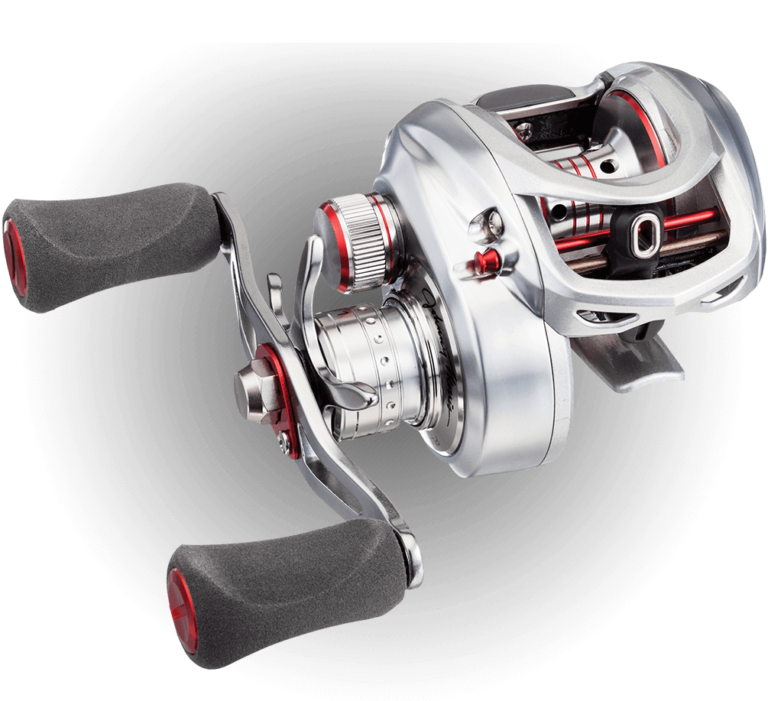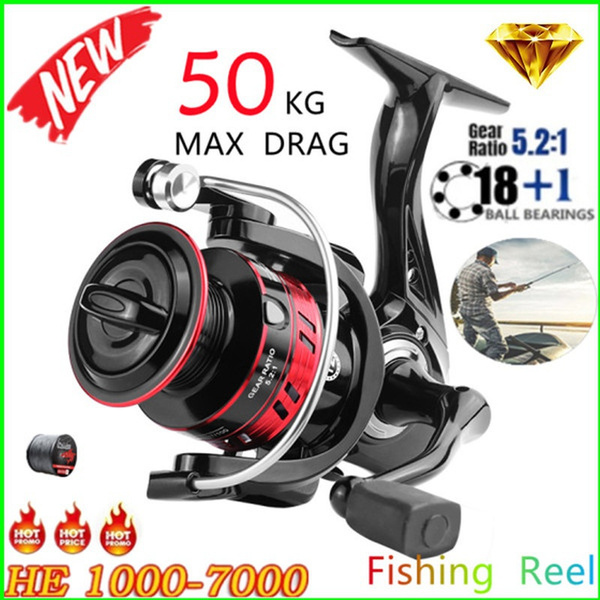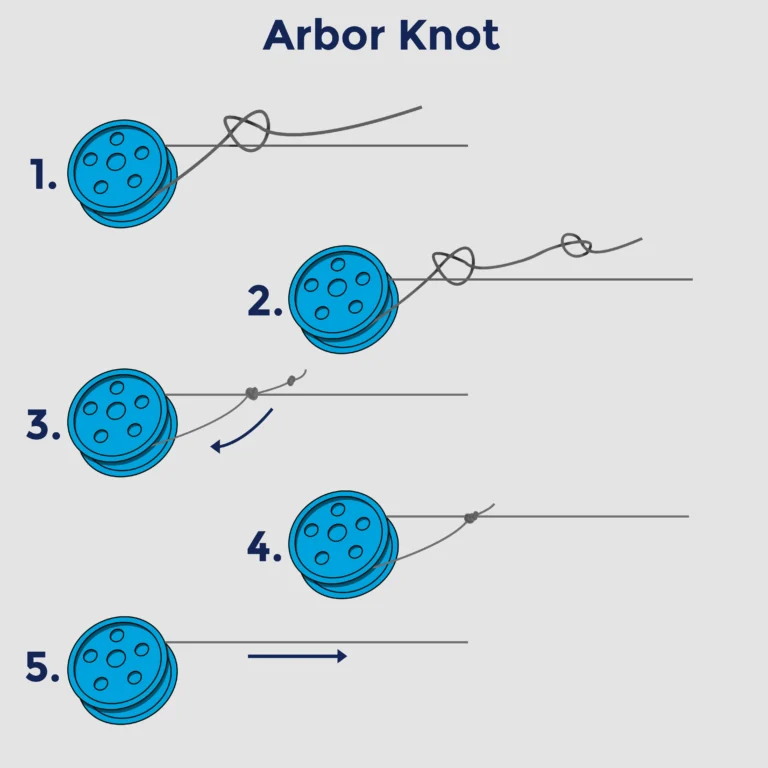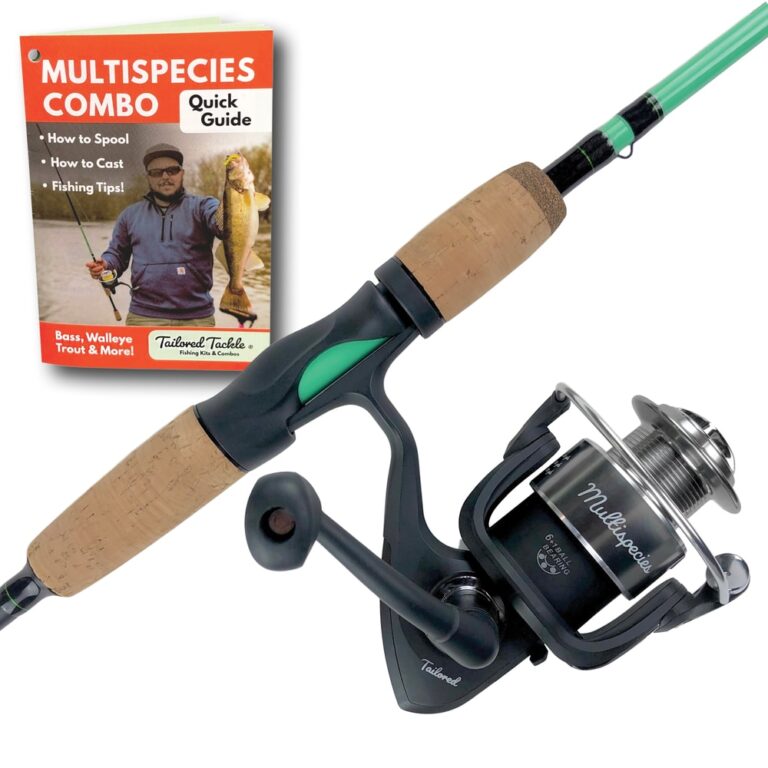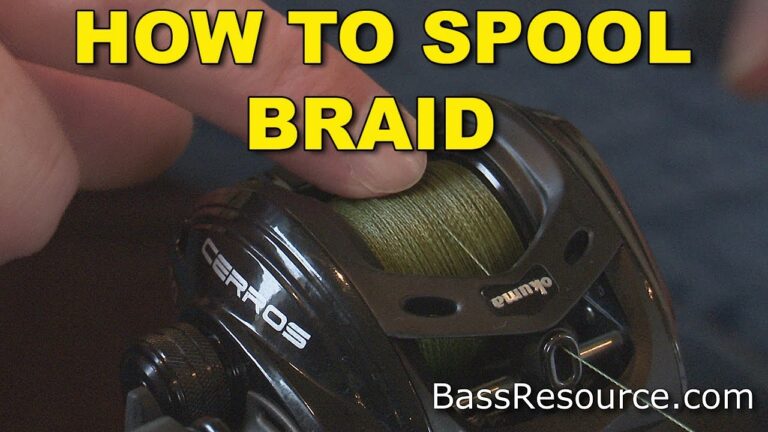What Pound Test for Bass Spinning Reel
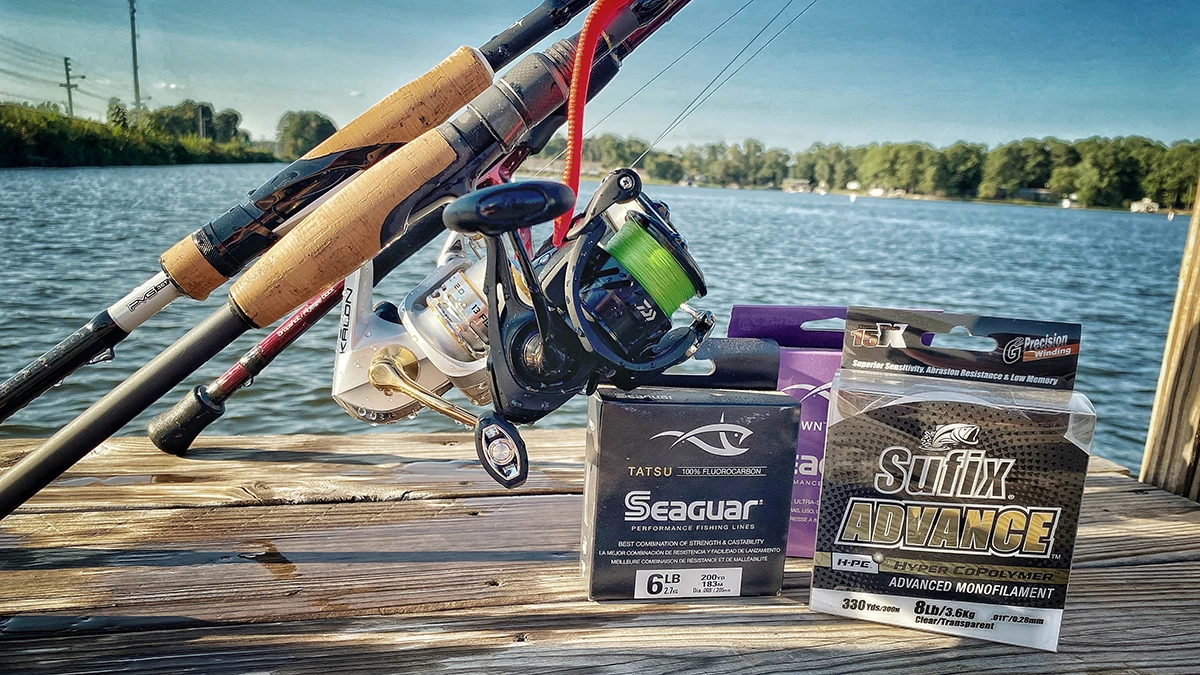
For bass fishing with a spinning reel, a 6-12 pound test line is typically sufficient. Choose a line within this range based on the specific conditions and size of the fish targeted.
Selecting the right pound test for your bass spinning reel is essential for a successful catch. It ensures you have the strength to battle and secure bass, without sacrificing the finesse of your technique. Anglers often prefer a monofilament or fluorocarbon line for its versatility and forgiving nature during fights with feisty bass.
Understanding your local environment and the bass habits can dictate a slight adjustment to the line strength, ensuring you’re well-prepared for any scenario. Get your reel equipped with the proper pound test, and you’re on your way to an exciting and fruitful bass fishing experience.
Choosing The Right Pound Test For Bass
The strength of your fishing line is key to landing a big bass. Water clarity can influence the pound test needed. Clearer waters often require thinner lines to trick savvy fish.
Different regions can have varying sizes of bass. A standard range to consider is 6 to 12-pound test for spinning reels. Environmental conditions and the average weight of local bass should guide your choice. Heavier vegetation and structures in the water may call for a stronger line.
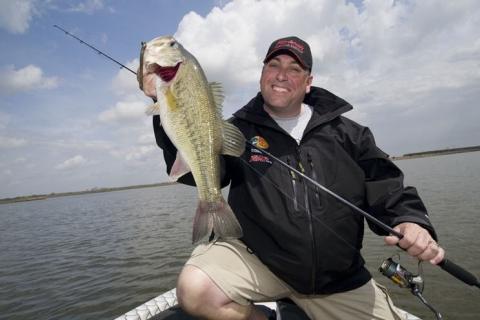
Credit: 1source.basspro.com
Types Of Fishing Line For Bass Angling
Choosing the right pound test for a bass spinning reel is crucial. Monofilament lines are affordable and have good knot strength. They offer stretch, which helps in shock absorption. Braided lines, on the other hand, have no stretch. They give you better sensitivity to detect bites. Unfortunately, they are more visible in water.
Fluorocarbon is valued for its near invisibility underwater. This line also has good abrasion resistance. It is denser, so it sinks faster than monofilament. Yet, it is more expensive and can be harder to handle because of its stiffness.
| Line Type | Pros | Cons |
|---|---|---|
| Monofilament | Stretch, Knot Strength, Cost-effective | Lower Sensitivity, Buoyant |
| Braided | High Sensitivity, No Stretch | More Visible, Can be Costly |
| Fluorocarbon | Invisible Underwater, Sinks Fast | More Expensive, Stiff |
Optimal Pound Test Range For Bass Fishing
Choosing the right pound test is critical for bass fishing success. Typically, a 6-12 lb test is suitable for an effective light tackle approach. This range allows for sensitive rigs that can detect bites easily and provides enough give for lighter baits. Experienced anglers use this setup in clear water where bass are wary.
For heavy cover fishing strategies, stronger line is key. Opt for a 14-20 lb test to wrestle bass out of thick vegetation. Heavier lines withstand the abrasive conditions of wood, brushes, and structures. This ensures that big bass don’t break off.
Adjusting Line Test Based On Techniques
Choosing the right pound test for a bass spinning reel depends on fishing methods. Finesse fishing needs lighter lines, usually between 4-10 pounds, allowing for subtle presentations. With power fishing, anglers should opt for stronger lines, in the range of 12-25 pounds. This strength supports aggressive techniques and bigger lures.
Seasonal changes also dictate line test adjustments. In spring, clear waters may require lighter lines, around 6-12 pounds. Yet, summer’s thick vegetation suggests a need for a heavier line from 14-30 pounds. Autumn may see a return to lighter lines, as bass are less active. Winter often calls for a versatile approach, fluctuating between 6-20 pounds, dependent on water clarity and temperature.
Expert Tips For Spinning Reel Setup
Selecting the correct pound test for a bass spinning reel is vital. A good match between rod, reel, and line ensures optimal performance. Aim for a 6-12 pound test line for most scenarios. This range handles an average-sized bass effectively. It’s also crucial to balance your gear. A medium-light to medium rod pairs well with a spinning reel for bass.
Knots secure your line to lures and hooks. Use a Palomar or an Improved Clinch knot for strength. These knots keep the line firm and prevent the bass from breaking free. Regularly check your knots for wear and tear. Tight knots mean fewer lost fish and lures.
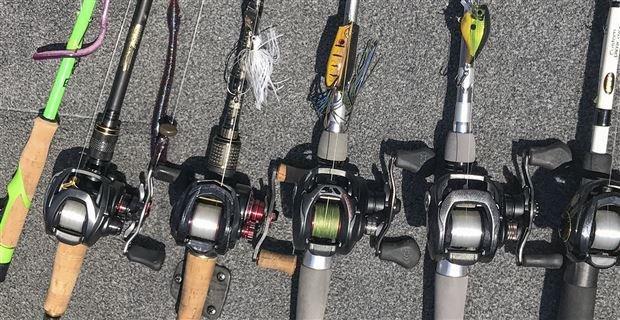
Credit: www.wired2fish.com
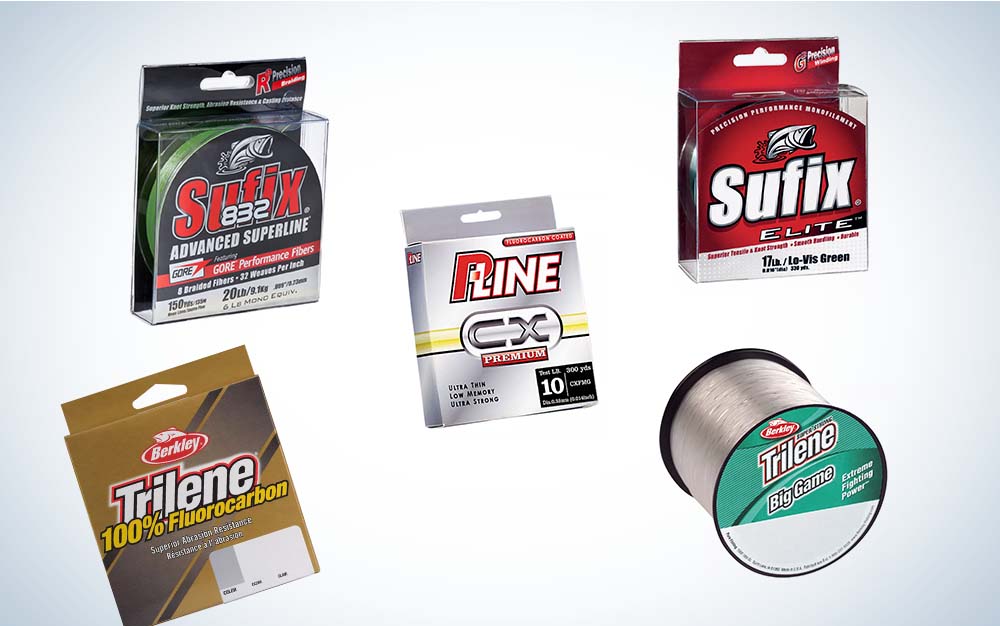
Credit: www.fieldandstream.com
Frequently Asked Questions For What Pound Test For Bass Spinning Reel
What Pound Test Should I Use For Bass Fishing?
For bass fishing, use 6-12 pound test for lighter baits and finesse techniques. Opt for 14-20 pound test for fishing heavier cover or with larger lures.
What Line To Use On Spinning Reel For Bass?
Use a monofilament or fluorocarbon line between 6-12 pounds test for bass fishing with spinning reels. Braid can also be effective, especially in heavier cover, with a test of 15-30 pounds.
What Pound Line Should I Use For Spinning Reel?
Use a line strength between 4-12 pounds for freshwater spinning reels and 10-20 pounds for saltwater spinning reels, matching the reel’s capacity and target species.
Is 20 Lb Test Good For Bass?
Yes, 20 lb test line is suitable for bass fishing, balancing strength for bigger fish and finesse for casting.
Conclusion
Selecting the right pound test for your bass spinning reel is fundamental. Aim for a line strength between 6-12 pounds, tailored to target sizes and conditions. Remember, balance is key: match your line to both lure weight and the reel’s capacity.
Tight lines and happy fishing!
